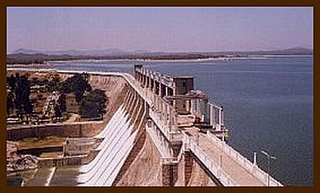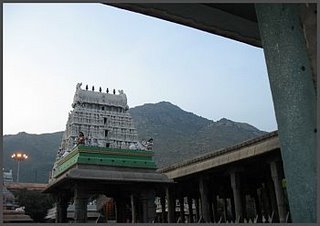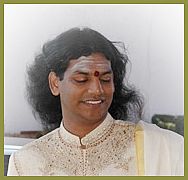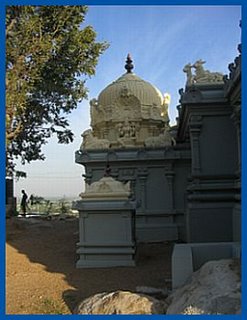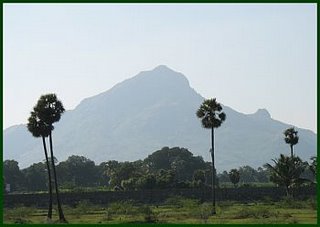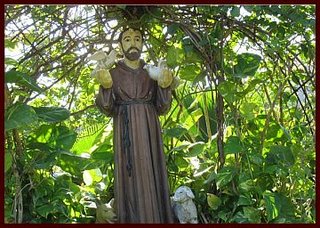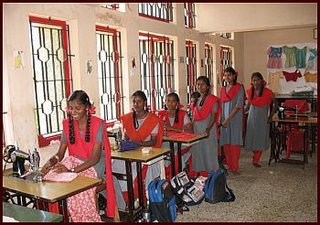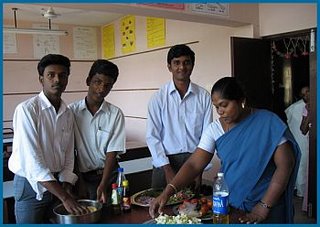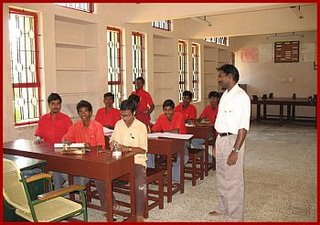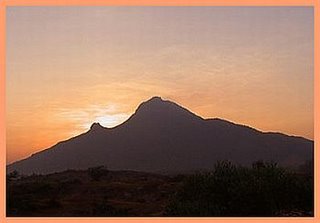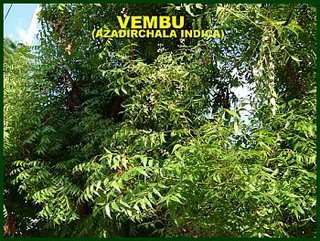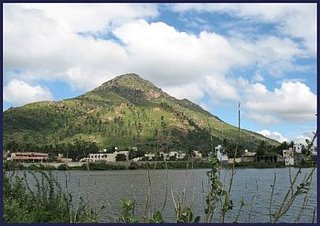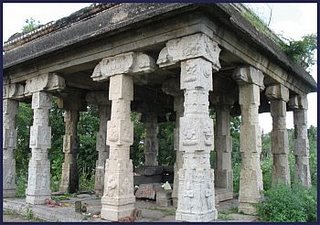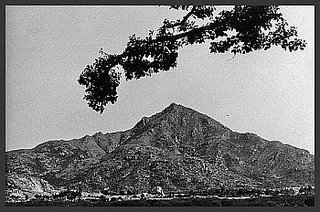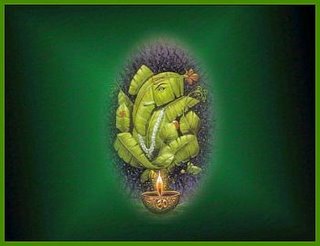This week an awareness rally on the hazards of noise pollution was taken out in Tiruvannamalai on Monday January 8th. The Arunachala Education and Environment Development Trust organised the campaign, which covered Tiruvannamalai town and the villages around it; including Anaipiranthan, Oosalimedu, Kaveriyampoondi, Athiyandal and Adi Annamalai. The participants distributed hand bills, highlighting the dangers of noise pollution and the statutory regulations, to Panchayat presidents, union councillors, members of SHGs and school students.
In this respect a Writ Petition seeking the authorities to prevent the use of loud speakers along the 14km giripradakshina path around Arunachala was filed in the Madras High Court on September 29th.
The Petition was filed by the above Trust and referred to the indiscriminate use of loud speakers during the numerous festivals celebrated by people of 13 villages in Tiruvannamalai District and by (some) religious establishments on the giripradakshina path. The arbitrary use of loud speakers was causing severe noise pollution to devotees coming to Tiruvannamalai to perform prayful circumbulation of the Hill.
The Arunachala Education and Environment Development Trust also handed over a Petition to the District Collector and Environment Engineer of Tamil Nadu Pollution Control Board (TNPCB), Vellore. This Petition had sought to prohibit the use of loud speakers along the Girivalam path on July 28 and September 11 this year, but it received no response.
The Trust presented its case to the Court by adding that there are around 13 Ashrams, 8 Lingams, 34 Temples, and 20 Schools along the giripradakshina pathway and hence action must be taken to uphold the directions of the Supreme Court regarding the use of loud speakers during festivals and meetings.
The Madras High Court adjourned the matter, seeking reply from the Respondents, i.e. District Collector and Environment Engineer of the TNPCB.
On this extremely important point of Noise Pollution at Arunachala I will keep posts updated till hopefully the Courts rule on the side of 'peace preservation'!
